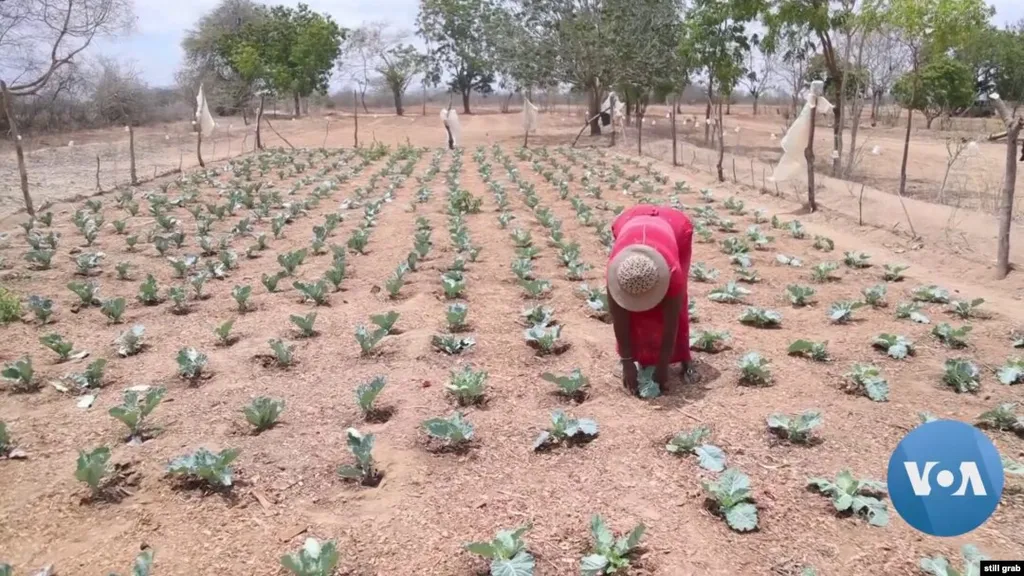In the heart of East Africa, where the rhythm of life is often dictated by the whims of the weather, a new tool is emerging to help farmers and policymakers better understand and respond to drought conditions. This tool, the integrated Soil Moisture–Vegetation Health Index (SM-VHI), is not just another scientific acronym; it’s a beacon of hope for a region where agriculture is the lifeblood of economies and livelihoods.
Developed by a team led by Albert Poponi Maniraho of the State Key Laboratory of Ecological Safety and Sustainable Development in Arid Lands at the Chinese Academy of Sciences, the SM-VHI combines soil moisture data with vegetation health indices to provide a comprehensive picture of drought conditions. The research, published in the journal *Remote Sensing*, analyzed data from 2000 to 2020, offering a robust framework for drought detection and agricultural monitoring.
The study found that by fine-tuning the parameters within the SM-VHI algorithm, researchers achieved a significant improvement in detection accuracy. “We identified an optimal parameter weighting that enhanced the tool’s reliability,” Maniraho explained. This optimization led to a Critical Success Index (CSI) of 0.78, indicating a high level of accuracy in detecting drought conditions.
But what does this mean for the agriculture sector? The implications are profound. The SM-VHI showed strong correlations with independent drought indicators, such as the Standardized Soil Moisture Index (SSMI), Vegetation Health Index (VHI), and the one-month Standardized Precipitation-Evapotranspiration Index (SPEI-1). This reliability is crucial for farmers who need timely and accurate information to make informed decisions about planting, irrigation, and harvesting.
Moreover, the study incorporated historical maize yield data to evaluate the effectiveness of SM-VHI in representing agricultural drought conditions. The results were promising, with a notable positive correlation between SM-VHI anomalies and detrended maize yield. “Enhanced vegetation and soil moisture conditions are strongly linked to increased crop productivity,” Maniraho noted. This correlation suggests that SM-VHI can effectively capture drought-induced yield variability, providing a valuable tool for predicting crop performance.
The spatial and temporal trend analyses conducted in the study highlighted patterns of drought severity and recovery, emphasizing the need for tailored management strategies. For the agriculture sector, this means the potential to develop more targeted and effective drought mitigation measures. Farmers can use this information to optimize water usage, select drought-resistant crop varieties, and implement other adaptive strategies to enhance food security.
The commercial impact of this research cannot be overstated. In a region where agriculture is a cornerstone of the economy, tools like SM-VHI can help mitigate the economic losses associated with drought. By providing early warnings and more accurate predictions, farmers and agricultural businesses can reduce risks and improve productivity. Policymakers, too, can use this information to design better support programs and infrastructure to enhance resilience against drought.
Looking ahead, the integration of SM-VHI into existing agricultural monitoring systems could revolutionize drought management practices. “This tool has strong potential to inform agricultural practices and policy decisions aimed at enhancing food security in a changing climate,” Maniraho said. As climate change continues to pose challenges, the need for such tools will only grow.
In conclusion, the research published in *Remote Sensing* by Albert Poponi Maniraho and his team offers a significant advancement in drought monitoring and agricultural management. By providing a reliable and accurate tool, SM-VHI has the potential to shape future developments in the field, offering hope for a more resilient and productive agricultural sector in East Africa.

